

Research on godwit migration involves tracking or following the flight path of the birds. Scientists like Dr Phil Battley and Dr Jesse Conklin from Massey University do this by putting a tracking ...
READ MORE
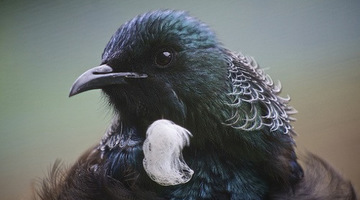
New Zealand is world famous for its unique birdlife. In our resources on conserving our native birds, we look at the issues surrounding the conservation of some of our threatened bird species ...
READ MORE

New Zealand native birds have been greatly affected by predation. For millions of years, they lived in an environment without natural predators. Many species developed traits like flightlessness ...
READ MORE
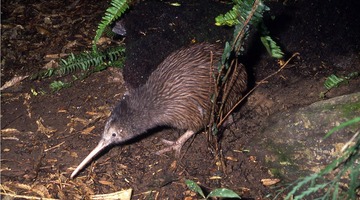
In this activity, students classify the different types of adaptations that New Zealand native birds have. Rights: Image courtesy of Ngā Manu Images Kiwi adaptations Structural adaptations that ...
READ MORE

In this activity, students consider some of the ethical issues involved with keeping earthworms (and other animals) captive in a classroom setting. By the end of this activity, students should be ...
READ MORE

In this activity, students use two separate online interactives or paper-based graphic organisers to explore these key science ideas: what makes something living and what makes something an ...
READ MORE
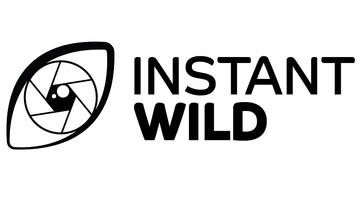
Instant Wild is an initiative by the Zoological Society of London. Photos or videos of animals are recorded using hidden cameras in a range of worldwide locations. The aim is to increase the ...
READ MORE
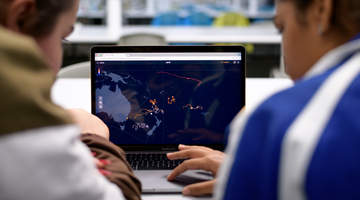
Although invisible to the naked eye, marine microbes drift continually in our ocean systems, quietly consuming up to 50% of the Earth’s CO2 through photosynthesis and producing nearly as much ...
READ MORE
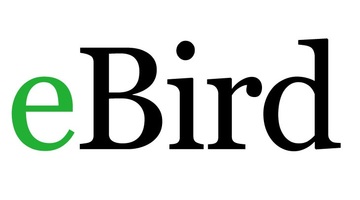
This comprehensive worldwide online citizen science (OCS) project collates bird species, numbers, locations and times of sightings into a large database. You can create a class as a user and, by ...
READ MORE
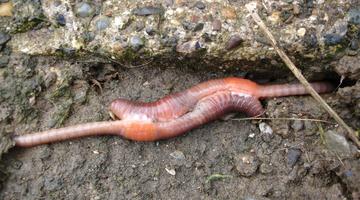
Earthworms are of interest to most children, are easily accessible and are an animal species easily kept in the classroom for short periods of time. This makes them ideal subjects for exploring ...
READ MORE

To most of us, one earthworm resembles another. Although earthworms do have common characteristics, species differ widely in their size, skin colour and in the roles they play in the soil ...
READ MORE

Here are links to Science Learning Hub resources for primary teachers related to life cycles in the Living World strand of the New Zealand Curriculum. Explore the life cycles of birds ...
READ MORE
Dr Phil Battley, from Massey University, discusses how both internal and external satellite transmitters might affect godwits. He shares that internal transmitters worked better than external ...
READ MORE
Dr Phil Battley, from Massey University, explains how birds are kept track of through satellite tagging. He describes and compares two ways of doing this – using backpacks with solar panels and ...
READ MORE
Jesse Conklin, a PhD student at Massey University, describes how geolocators work to keep track of godwits. He explains that they are basically light sensors that record light levels – giving ...
READ MORE
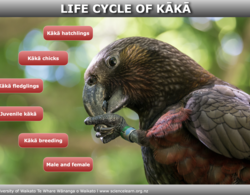
Explore the life cycle of the kākā from egg to adulthood by selecting the labels for further information.
READ MORE

Find out how we can work as scientists to learn more about the birds in our rohe – and how we can make them count! Please check the speaker notes that accompany the slides. They contain activity ...
READ MORE

Kimihia he pēhea te mahi hei kaipūtaiao hei ako i ētahi atu mō ngā manu i tō mātou rohe – me pēhea hoki e whai hua ai ērā! Me maumahara ki te tirotiro i ngā taipitopito kei te taha o ngā kiriata ...
READ MORE